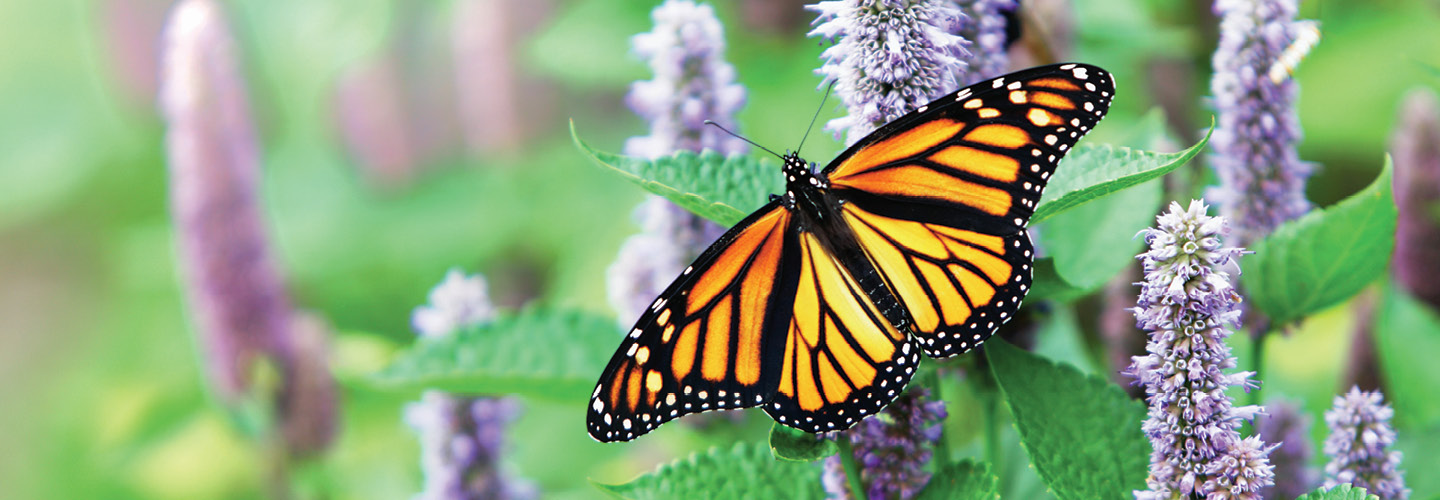North America’s monarch butterfly—one of the most recognizable insects on the continent—has officially been classified as endangered by the International Union for Conservation of Nature. Monarch populations have been declining for decades, with the number of western monarchs—which live west of the Rocky Mountains—plummeting by an estimated 99.9 percent between the 1980s and 2021. And eastern monarchs dropped by 84 percent from 1996 to 2014. Scientists say habitat destruction, climate change, and an increase in the use of certain herbicides have all contributed to the decimation. Although the designation as an endangered species might seem like a bad thing,
it may actually boost conservation efforts, experts note, and the fact that many people are planting milkweed—which monarch caterpillars eat—and other native flowers in their yards has already helped to keep the population from declining even further. “We’re holding our own at a number that’s not quite sustainable,” says Karen Oberhauser, a conservation biologist at the University of Wisconsin-Madison. “But if we didn’t have all of these efforts on the part of a lot of different organizations and individuals, I think the numbers would be even lower.”

